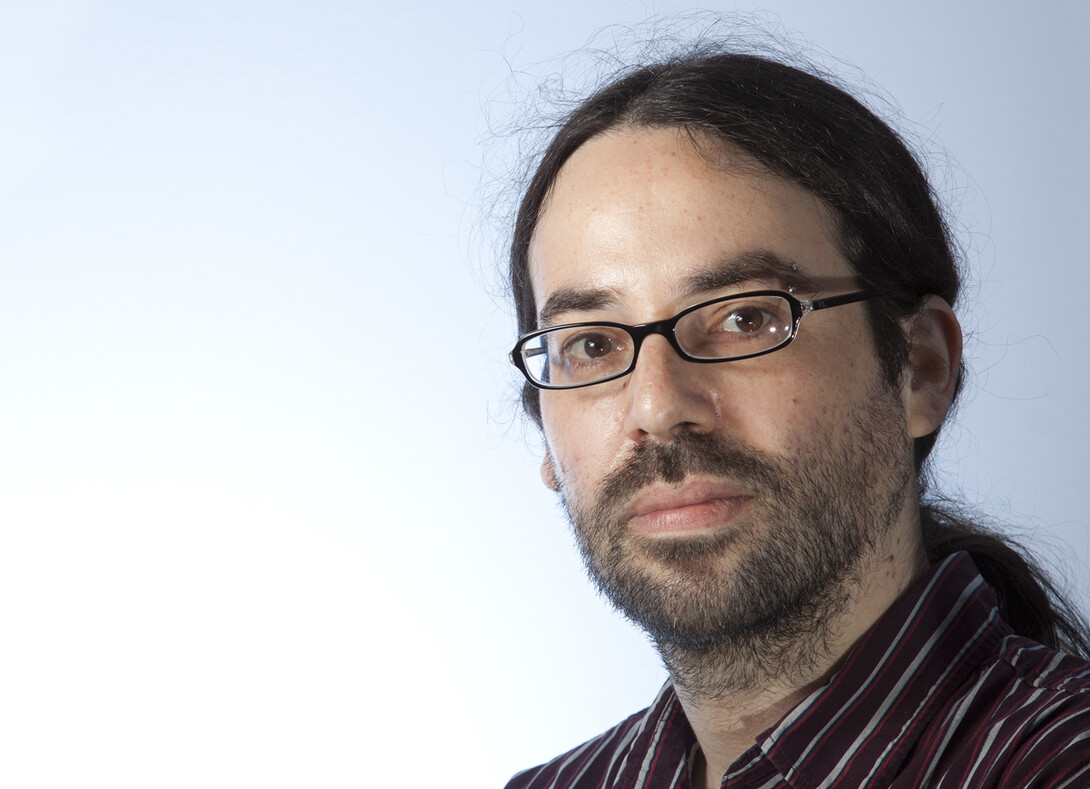
Social scientists have long accepted that religious faith tends to dwindle among college students. However, a new study shows that the highly educated’s loss of faith varies among nations.
Comparatively religious nations, such as the United States, Turkey, Mexico, Italy and Israel, tend to see the strongest reduction in religiosity among the college educated, according to research by sociologist Philip Schwadel of the University of Nebraska-Lincoln.
And, in more than one fifth of the nations he studied, including New Zealand, Sweden, Russia and South Korea, higher education actually has a positive effect on religiosity.
That could be because the highly educated tend to be more heavily involved in organizations and thus more likely to join and attend church.
“The results illustrate considerable cross-national differences in both the impact of higher education and the social significance of religiosity,” Schwadel said. “In some nations, the highly educated are less religious than other citizens, in other nations they are more religious.”
To examine the impact of higher education across nations, Schwadel used data from more than 46,000 people from 39 nations collected in the 2008 International Social Survey Programme, which asked a series of questions related to religious beliefs and activities.
Schwadel found that a university degree has a positive effect on religiosity in nine nations, a negative effect in 18 nations and no significant effect in 12 nations.
The study involved predominantly Christian nations and sheds little light on whether higher education has a different impact on non-Christian nations. Data was collected from 23 countries in Europe, seven from Asia or the Middle East, and three from South America. The United States, Mexico and the Dominican Republic were included, as were South Africa, Australia and New Zealand.
Fewer than 4 percent of respondents were Muslim, 2 percent identified as Buddhists and fewer than 2 percent identified with other East Asian religions. About 70 percent of the Muslims participating in the survey were from Turkey.
“Although the non-Christian nations in the sample did not unduly influence the results, this may change with a more diverse sample, particularly since there are generally higher levels of religious practice and belief in majority Muslim nations,” Schwadel noted.
Schwadel developed a scale to measure religiosity among individuals in each nation based upon survey responses about frequency of prayer; strength of belief in God; self-identification as being religious; and frequency of attending religious services. On average, people in the Philippines were the most religious, while people in the Czech Republic were the least religious.
Other factors considered included percentage with university degrees, race, gender, age and gross domestic product. The study also accounted for whether participants lived in urban areas, whether they lived in a communist or former communist country and how much religion is regulated in their nation.
Although respondents with university degrees reported relatively low levels of religious participation, Schwadel said the secularizing effect of higher education should not be exaggerated.
“In the aggregate, sex, marital status and age have considerably larger effects on religiosity than does higher education,” he said.
For example, a typical 50 year old scores considerably higher on the religiosity scale than a 25 year old. The average difference in religiosity between a 25 year old and a 50 year old is nearly 2 1/2 times larger than the difference in religiosity between the college-educated and those without a college degree.
Schwadel found no association between a nation’s average level of higher education with levels of religious belief among its individuals. Per capita gross domestic product, however, has a strong negative correlation with religiosity, suggesting that a different measure of modernity may be at play.
While those who live in a communist or former communist nation are less likely to be religious, Schwadel found that variation in the effect of higher education is not related to whether a nation is communist or formerly communist. He studied nine communist or former communist nations: Croatia, Czech Republic, Hungary, Latvia, Poland, Russia, Slovakia, Slovenia and Ukraine.
The negative effect of higher education on religiosity seen in relatively religious nations could be the result of less educated segments of the population emulating the beliefs adopted by the highly educated, Schwadel said.
“Secularity may be a form of status differentiation for the highly educated in relatively religious nations, but it cannot serve that function in relatively irreligious nations,” he said.
Schwadel called for more long-term study of how social networks and cultural capital influence the relationship between higher education and religious belief.
While higher education is similar across nations, colleges and universities also are purveyors of their national culture, he noted.
“Not only do national contexts matter, but the religious makeup of the nation in particular also appears to influence the association between higher education and religiosity.”
The study was published in the most recent issue of the Journal for the Scientific Study of Religion.








